SAVE MORE ON APP
CUSTOMER CARE
Track my order
Track my order

 4.9(740)
4.9(740)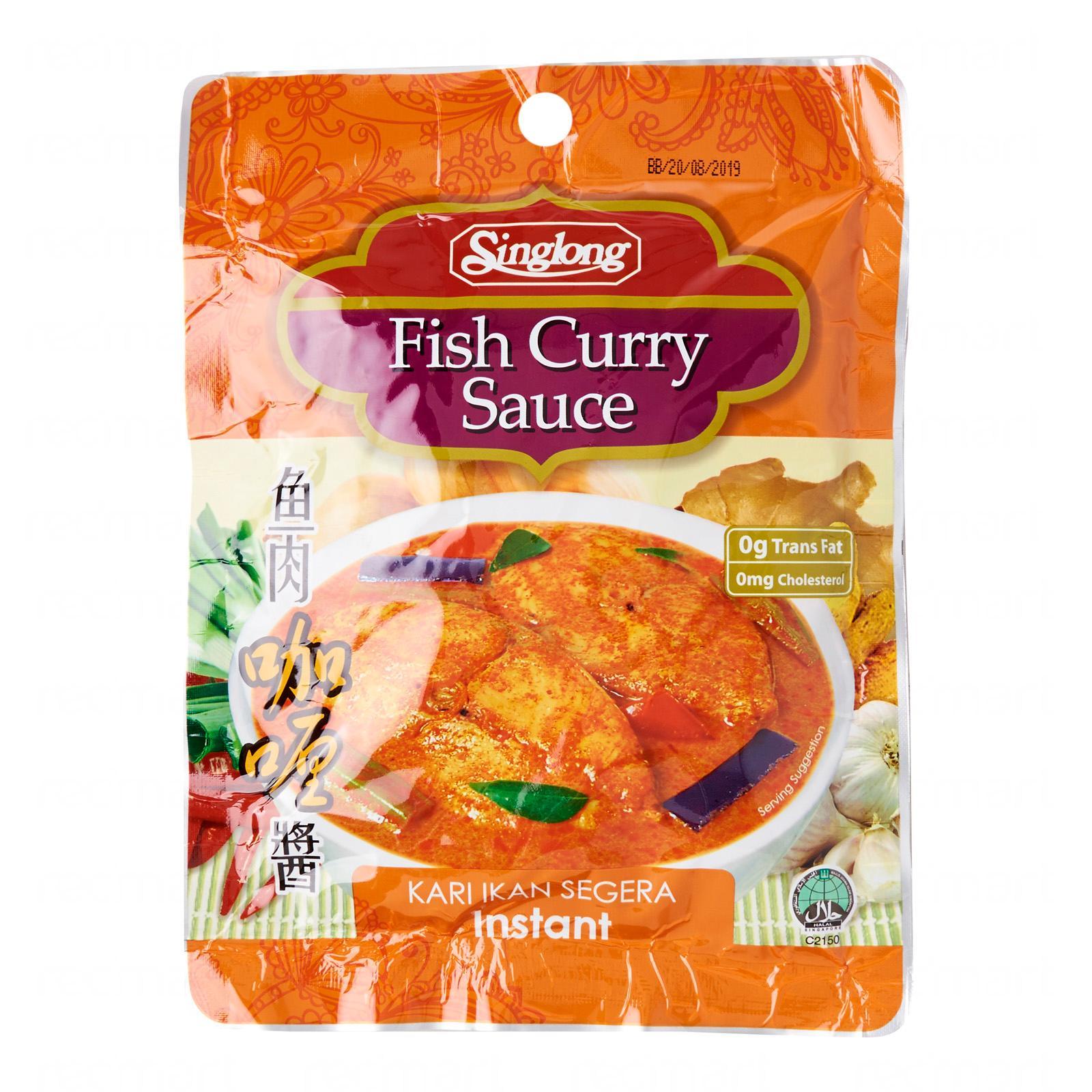
 4.8(14)
4.8(14)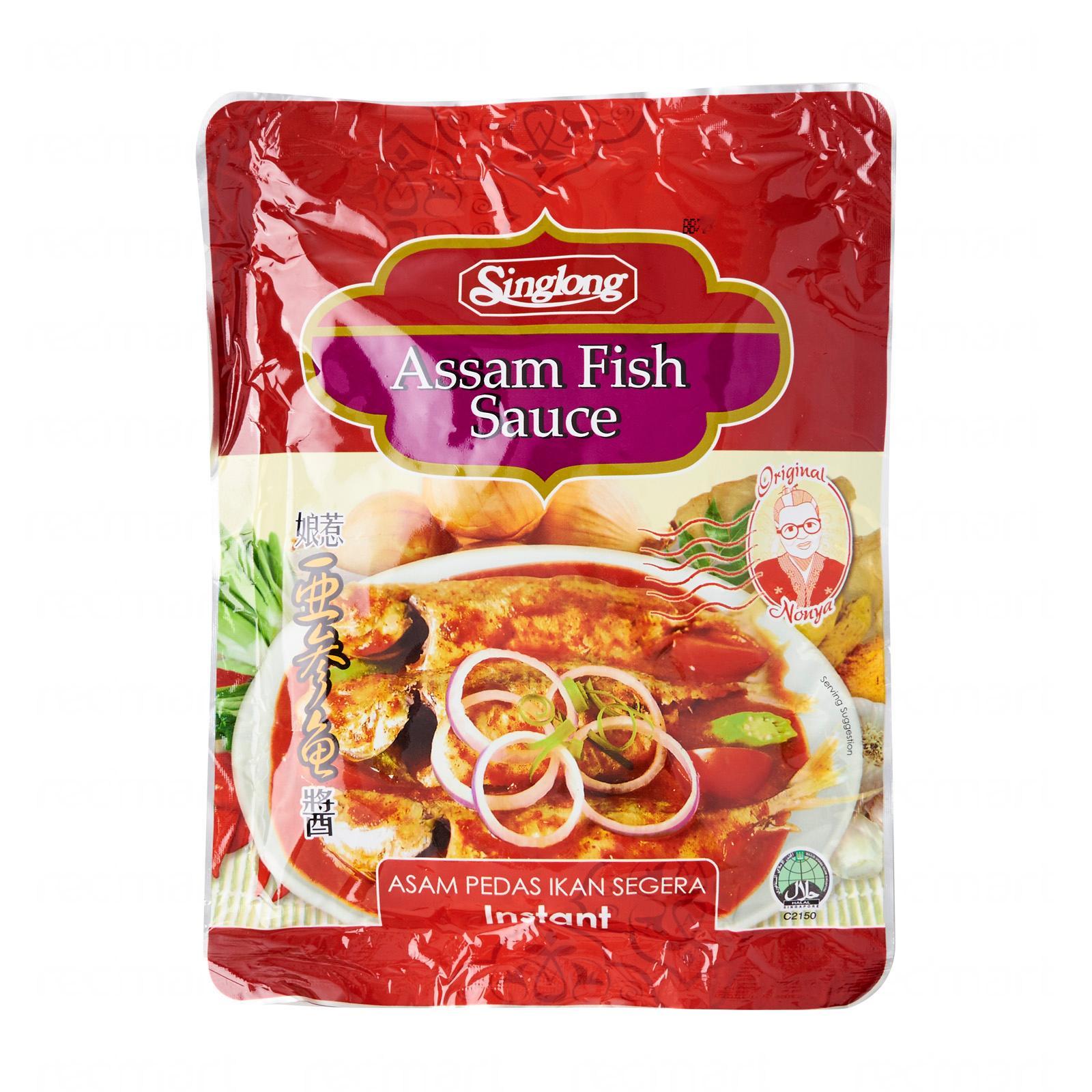
 4.9(10)
4.9(10)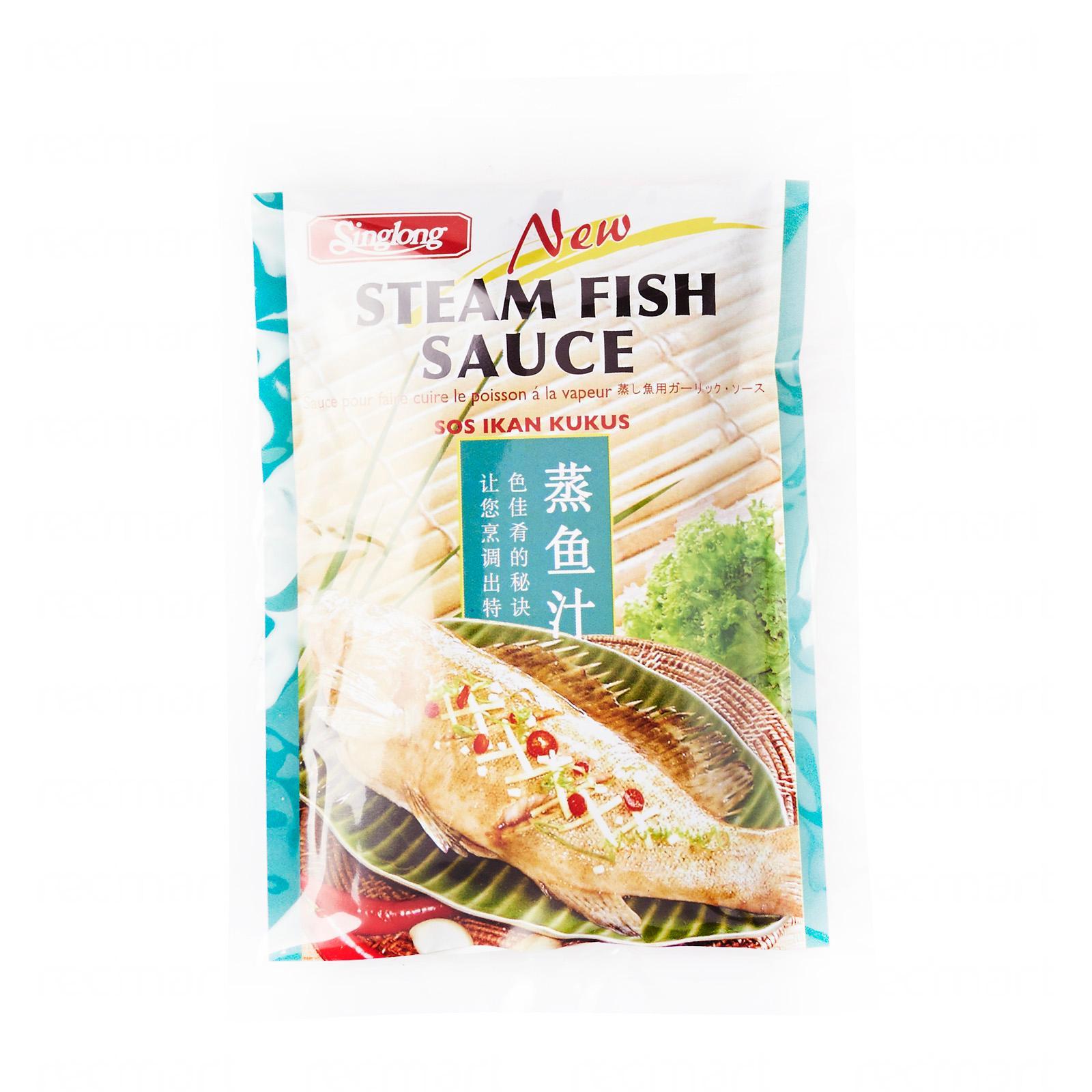
 4.5(21)
4.5(21)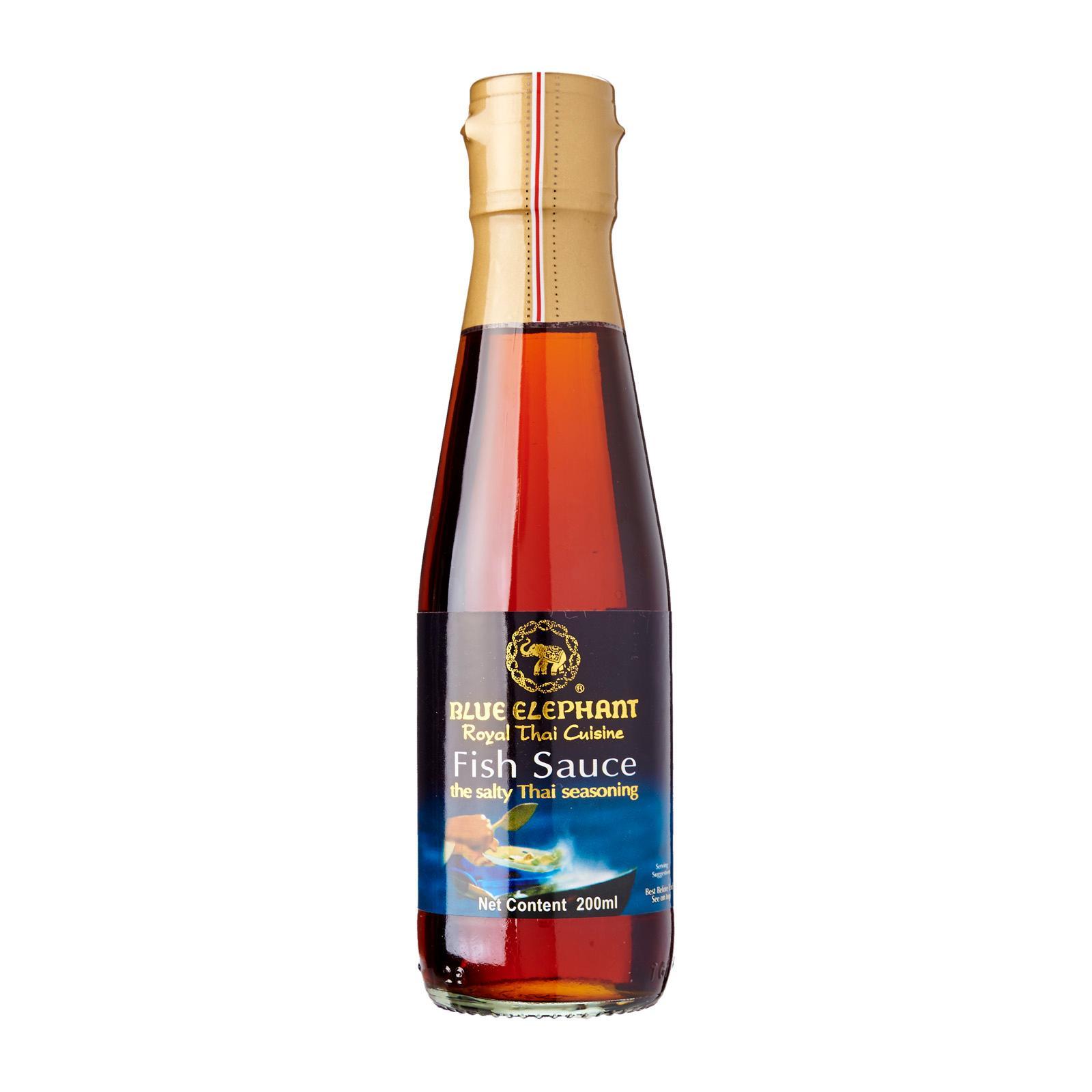
 4.9(796)
4.9(796)
 5.0(19)
5.0(19)

 5.0(2)
5.0(2)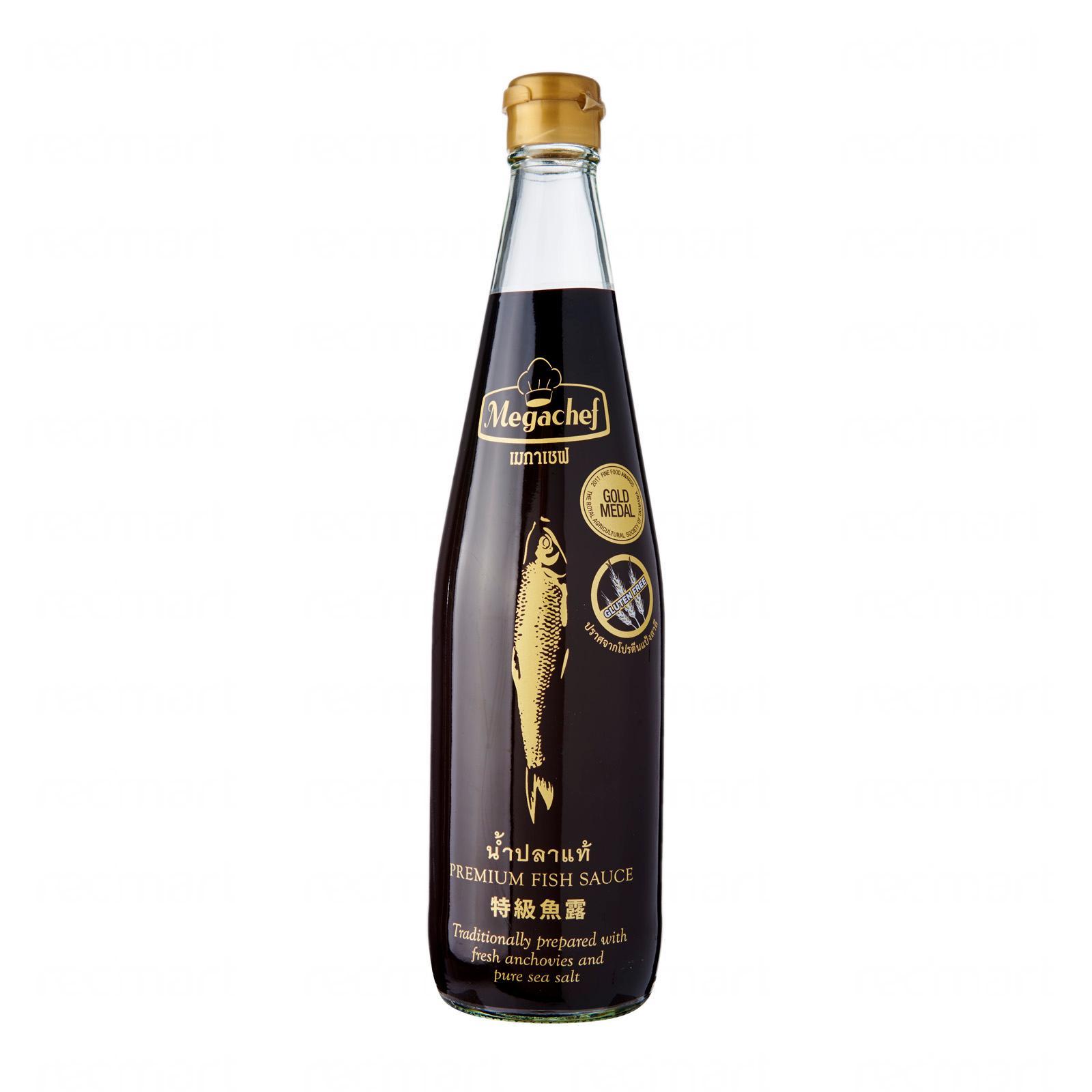
 4.8(115)
4.8(115)
 4.8(229)
4.8(229)
 4.8(8)
4.8(8)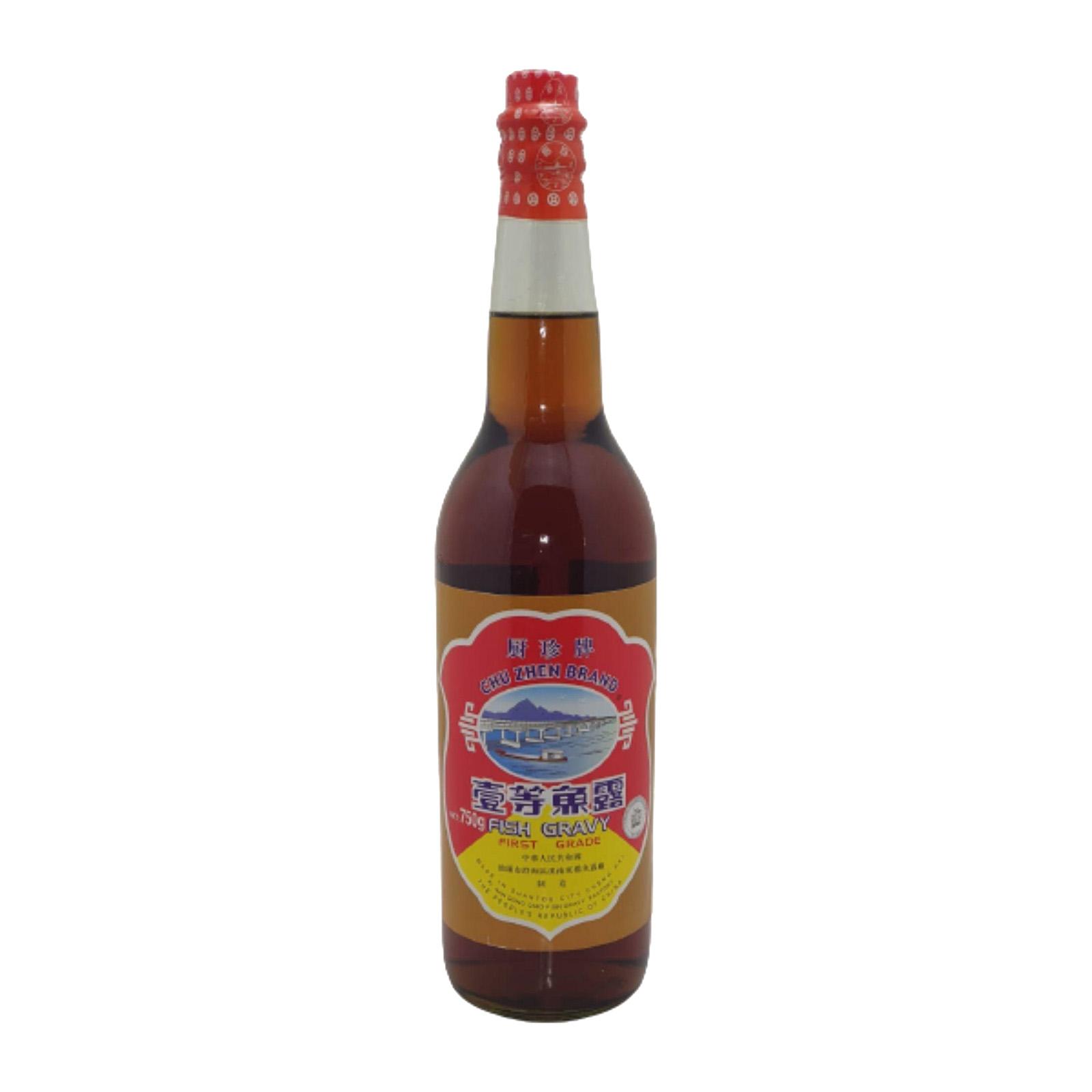
 5.0(6)
5.0(6)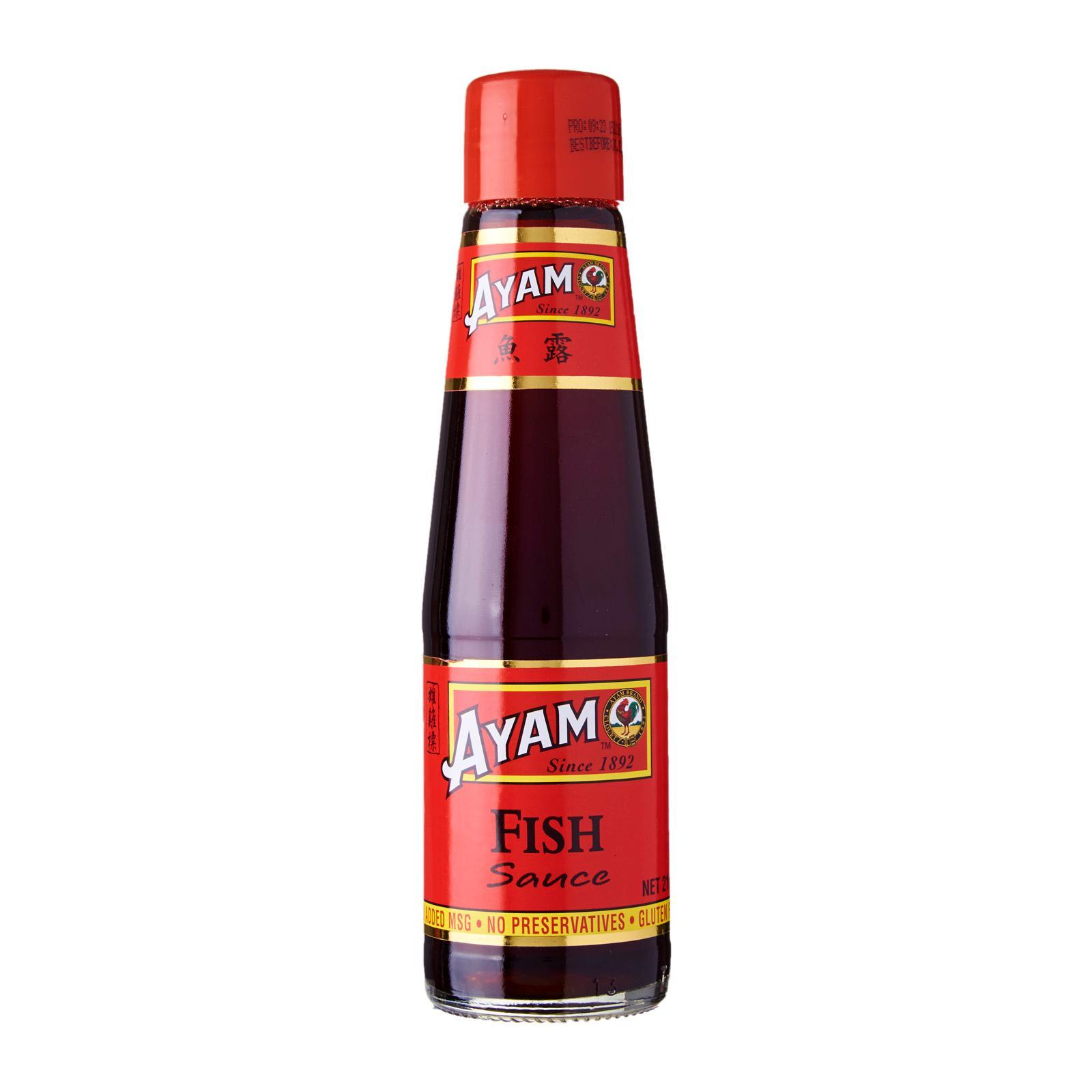
 4.8(7)
4.8(7)In many recipes of East and Southeast Asian countries, fish sauce plays a major role as this liquid can be delightfully savory and appetizing. It is predominantly salty but also presents a sweet tinge that is quite attractive. The earthy, umami aroma is very tempting and that is why it is used for preparing a range of items from meat to beef and vegetables to pasta. A little sprinkling of these cooking essentials can boost the flavor of any sautéed greens, broth, stir fry, grilled chicken, or even salad dressing. The flavor of the product is quite strong and therefore only a small amount of liquid is needed for preparation.
The product derives its flavor from different types of seafood variants like shrimp, mackerel, anchovy, etc. Anchovy fish sauce is an outstanding product made from anchovies and its flavor comes from the fermentation process that usually ranges from a few months to one or two years. The process involves salt-coating the seafood and packing it in huge barrels so that natural bacteria takes over it and starts decomposition. It results in a smelly, briny liquid that is the needed end product. Some of the best manufacturers offer this product brewed over two years and the items are used extensively for making marinades, dipping, and soup.
This type of sauce was made in earlier times by making use of the complete body or its viscera, blood, etc. In the contemporary period, the cooking sauce is made by using brine solution that is kept at a concentration of ten to thirty percent. Thereafter, the mixture is kept secured in air-tight containers for specific periods. After some time, re-extraction is done through boiling to extract the leftover flesh, and to enhance the taste and appearance molasses or caramel is added to it. Thus, at the desired time when the barrel is finally opened, one gets the richer, nuttier aroma that is typical of the sauce. Hence, considerable effort and ample time go into making the product.
The product offers enough nutrients so that consuming Thai fish sauce is highly beneficial. It is also a superb alternative to soya sauce as there are no preservatives or added chemicals in it. It offers enough protein, magnesium, vitamin-B6, and B12 with very little fat and carbohydrates. The salty taste of this sauce will suit very well for using it as a dip with many products. However, the salt content in it is 25 percent less than normal consumption so that it is very good for people with blood pressure problems. Therefore, this type of variant is very highly desired. Different fish sauces offer enough reasons for consumption and that is why more people like to use them satisfactorily.